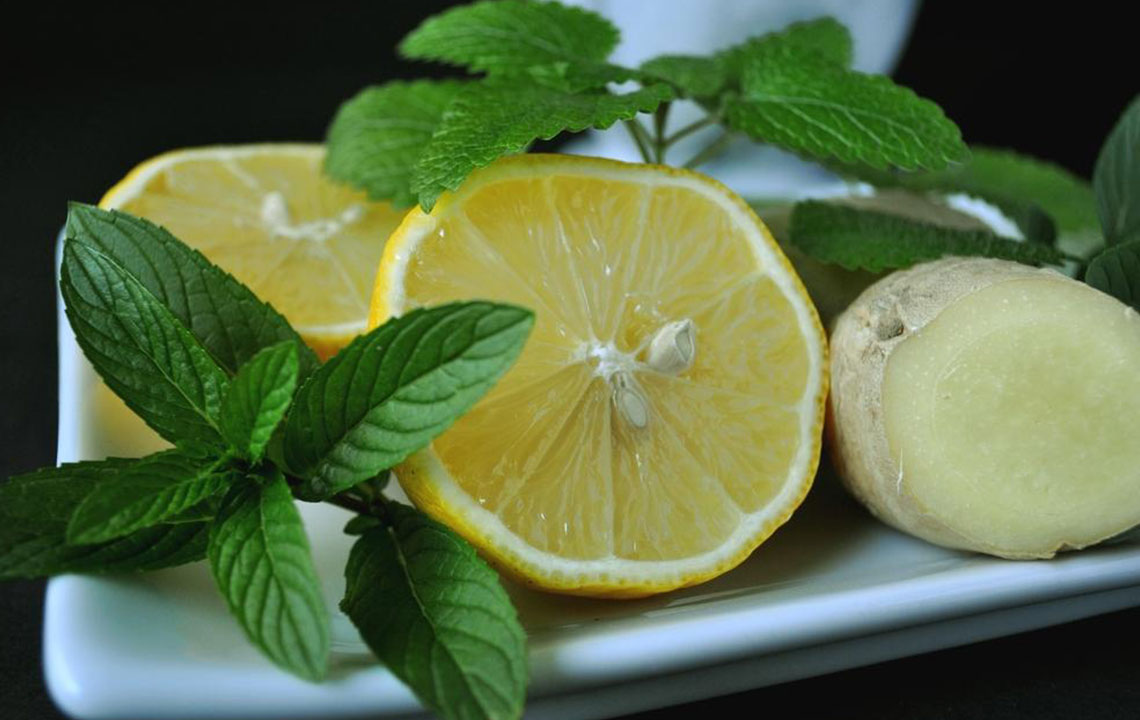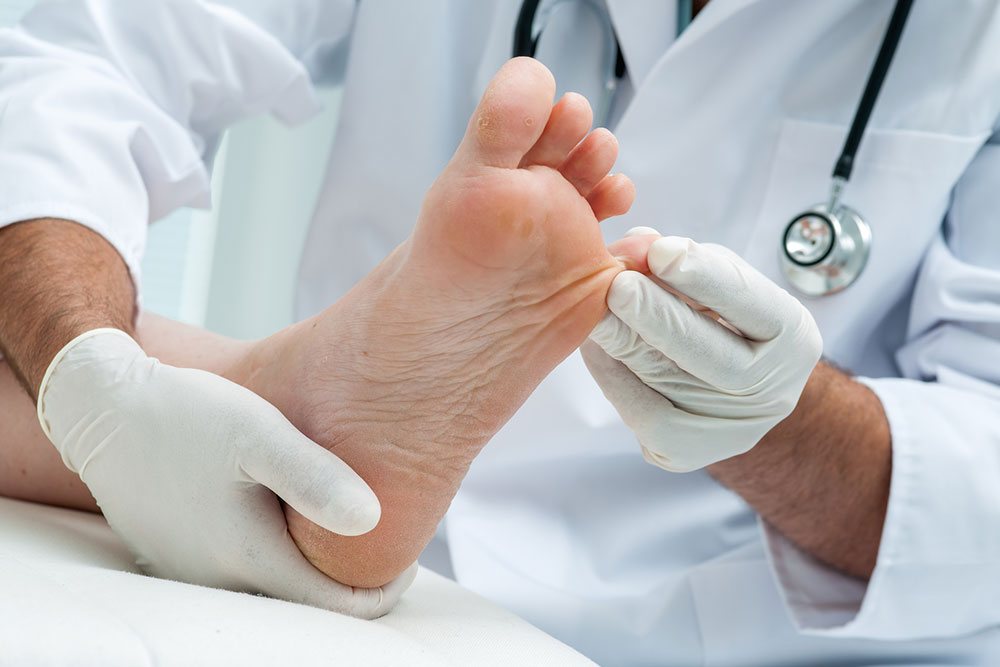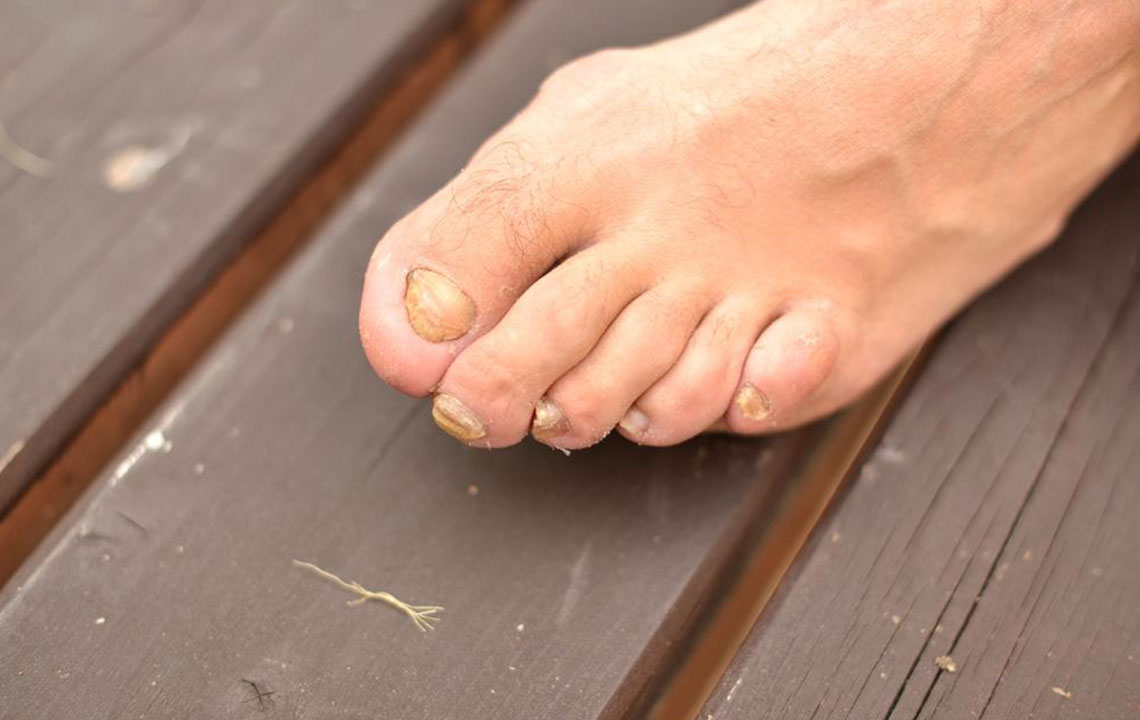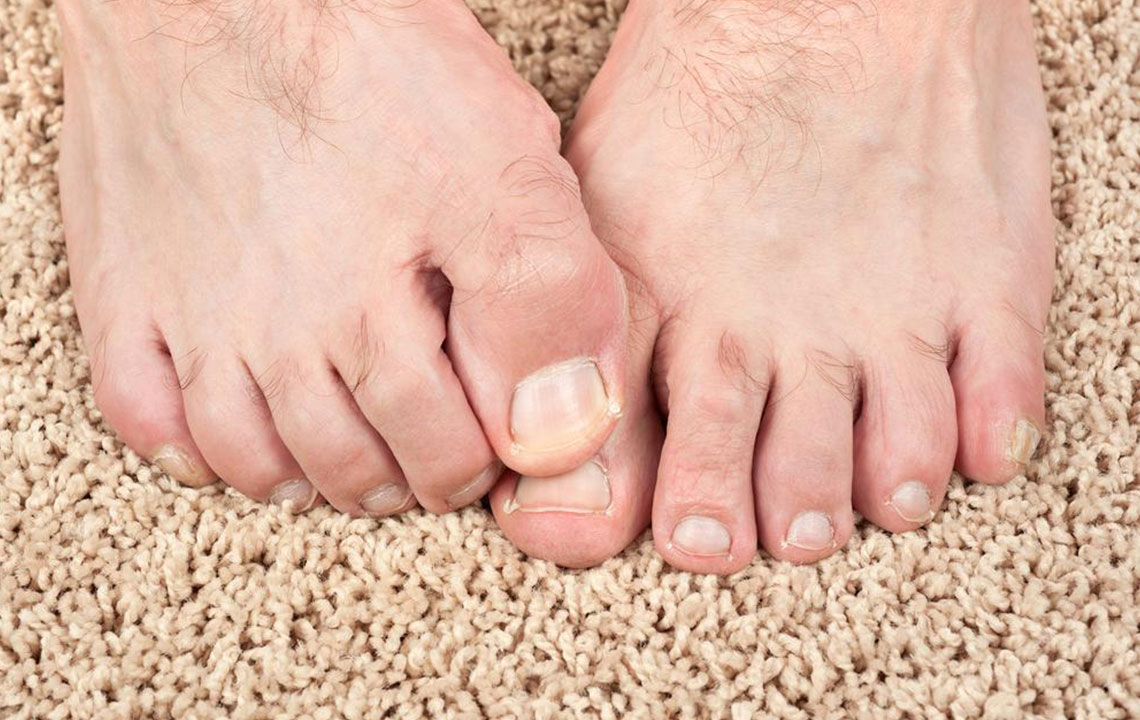Comprehensive Guide to Natural Remedies for Toenail Fungus Treatment
Explore over 10 natural remedies for toenail fungus, including Vicks VapoRub, tea tree oil, oregano oil, and lifestyle tips. This comprehensive guide offers safe, cost-effective methods backed by anecdotal evidence and scientific studies, helping you eliminate fungal infections naturally and effectively over time.

Toenail fungus, scientifically referred to as onychomycosis, is a common and persistent condition affecting many individuals worldwide. It is caused by fungal infections that invade and infect the nail bed and nail plate, leading to symptoms such as discoloration, thickening, crumbling, and even unpleasant odors. While conventional medical treatments exist, many individuals are increasingly turning to natural remedies and home-based approaches to eliminate this stubborn infection. This comprehensive guide delves into the most effective natural methods and lifestyle modifications that can help you combat toenail fungus effectively and safely.
Understanding Toenail Fungus (Onychomycosis)
Onychomycosis is caused by various fungi, including dermatophytes, yeasts, and molds. These fungi thrive in warm, moist environments, making feet especially vulnerable in settings like gyms, swimming pools, and communal showers. The infection not only causes cosmetic concerns but can also lead to discomfort, pain, and in more severe cases, the spread of the infection to other nails or skin. Fortunately, many natural remedies possess antifungal properties that can help inhibit fungal growth and promote recovery.
Natural Remedies for Toenail Fungus
When considering natural treatment options, it's important to remember consistency and patience. Most natural remedies require several weeks to months of regular application or use before noticeable improvements occur. Here are some of the most promising and efficacious natural remedies:
Vicks VapoRub: An Unconventional Yet Promising Remedy
Vicks VapoRub, traditionally used for cough relief, contains ingredients such as eucalyptus oil and camphor, both known for their antifungal and antimicrobial properties. Application involves applying a small amount directly onto the affected nail and surrounding skin daily. While scientific evidence is limited, anecdotal reports and some studies suggest that Vicks VapoRub can significantly reduce fungal symptoms over time, particularly with consistent use over several months. Its accessibility and affordability make it a popular choice for home treatment.
Snakeroot Extract: Nature's Antifungal Power
Extracted from plants in the sunflower family, such as Ageratina adenophora, snakeroot extract has demonstrated antifungal effects comparable to conventional medications like ciclopirox. Regular topical application over a period of three to six months can lead to notable improvement in nail appearance and fungal clearance. It is considered safe for long-term use, but consulting with a healthcare provider before starting is advisable, especially for sensitive skin.
Tea Tree Oil: A Natural Antiseptic and Antifungal Agent
Tea tree oil, derived from the Melaleuca alternifolia plant, is renowned for its potent antimicrobial properties. Its antifungal activity makes it effective against toenail fungus. To use, apply a few drops of pure tea tree oil onto the affected nail twice daily, using a cotton swab for targeted treatment. It's important to dilute tea tree oil with a carrier oil if irritation occurs. Consistent application over several months can lead to a healthier nail and reduced fungal presence.
Oregano Oil: Harnessing Powerful Antimicrobial Properties
Oregano oil, rich in thymol and carvacrol, exhibits strong antimicrobial, antiviral, and antifungal effects. Carefully applying oregano oil twice daily with a cotton swab can help inhibit fungal growth. Due to its potency, caution is necessary to prevent skin irritation or allergic reactions. Always dilute oregano oil before application and perform a patch test prior to use, especially for sensitive skin or children.
Olive Leaf Extract: Immune Support and Antifungal Benefits
Olive leaf extract contains oleuropein, a compound that enhances immune function and exhibits antifungal activity. It can be used both topically and orally. Taking olive leaf capsules twice daily with meals, complemented by increased water intake, can support the body's natural defenses against fungal infections. Some individuals also apply the extract topically to the affected nails to accelerate healing.
Ozonized Oil: Innovative Antifungal Solution
Ozonized sunflower or olive oil, infused with ozone gas, has gained popularity due to its powerful antimicrobial properties. Ozone helps deactivate fungi and bacteria rapidly, promoting healing. Studies suggest that ozonized oils may outperform some traditional antifungal medications in efficacy. Applications typically involve applying ozonized oil directly onto the affected area twice daily. Due to its innovative nature, consulting a specialist for proper use is recommended.
Vinegar Soaks: Simple and Effective Home Remedy
Vinegar, especially apple cider vinegar, has acetic acid that can inhibit fungal growth. Soaking the affected toenails in a vinegar-water solution (a 1:2 ratio) for 20 minutes daily may help reduce the fungal load. The acidity creates an environment unsuitable for fungi, potentially aiding in the resolution of the infection. Though evidence is primarily anecdotal, many users report positive outcomes with this simple, inexpensive method.
Listerine: Oral Antiseptic as Toenail Treatment
This popular mouthwash contains thymol, menthol, and eucalyptus oil, all of which possess antifungal properties. To use, soak your toes in a bowl of Listerine for about 30 minutes daily. The antiseptic qualities can penetrate the nail and surrounding skin, reducing fungal presence. Regular use over several weeks can lead to noticeable improvement, especially when combined with other natural remedies.
Garlic: Nature's Antimicrobial Superfood
Garlic is well known for its antimicrobial, antifungal, and antiviral properties, thanks to compounds like allicin. Applying crushed garlic directly onto the affected nail or taking garlic supplements daily can bolster your body's defenses against fungal infections. For topical use, ensure proper dilution to prevent skin irritation. Ingesting garlic regularly also supports immune health, making it easier for the body to fight off fungal invasions.
Diet and Lifestyle Modifications for Fungal Control
Supporting natural remedies with proper nutrition can enhance treatment outcomes. A diet rich in proteins, probiotics such as yogurt, omega-3 fatty acids, and vitamin D can strengthen immune function. Limiting sugar and processed foods reduces the risk of fungal overgrowth. Maintaining good foot hygiene, wearing breathable footwear, and avoiding moisture buildup are also crucial in preventing and managing toenail fungus.
When to Seek Medical Advice
If there is no significant improvement after consistent use of natural remedies over a period of one to two months, or if the infection worsens, consulting a healthcare professional is essential. This is especially important for diabetics, as they have a higher risk of complications, including secondary bacterial infections. A dermatologist or podiatrist can prescribe stronger medications or recommend advanced treatments to ensure complete eradication.
In conclusion, while toenail fungus can be persistent, a combination of natural remedies, lifestyle changes, and proper foot care can effectively combat the infection. Patience and consistency are key. If self-care measures do not work, seeking professional medical advice ensures safe and effective treatment, restoring healthy nails and preventing recurrence.





